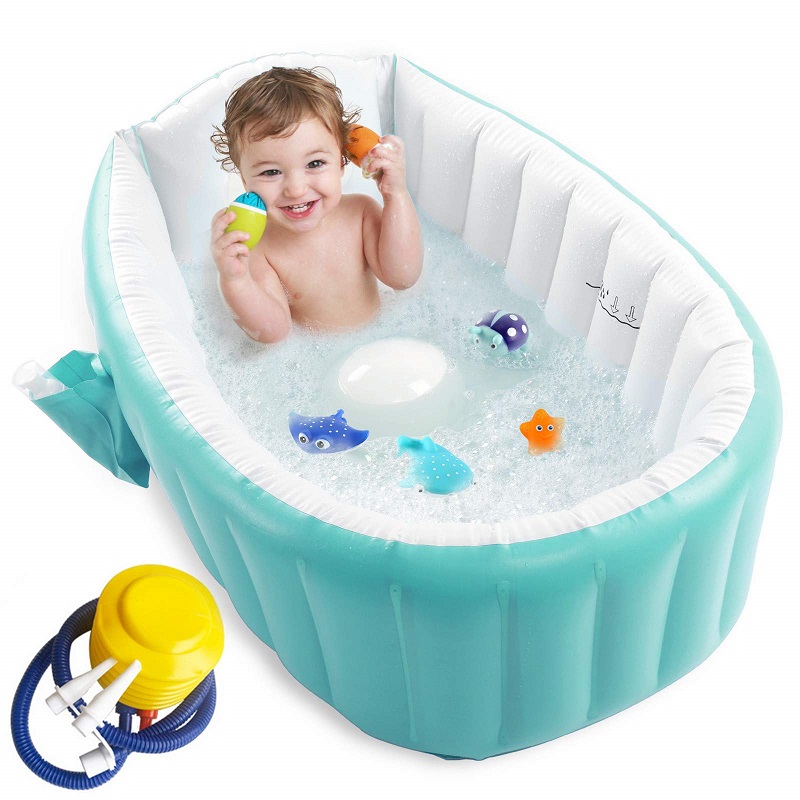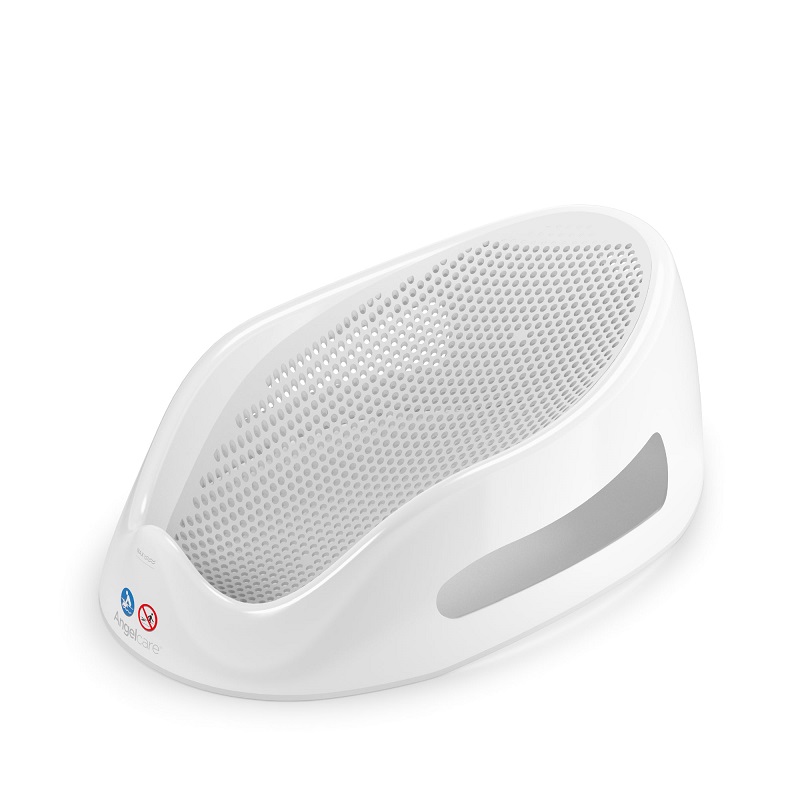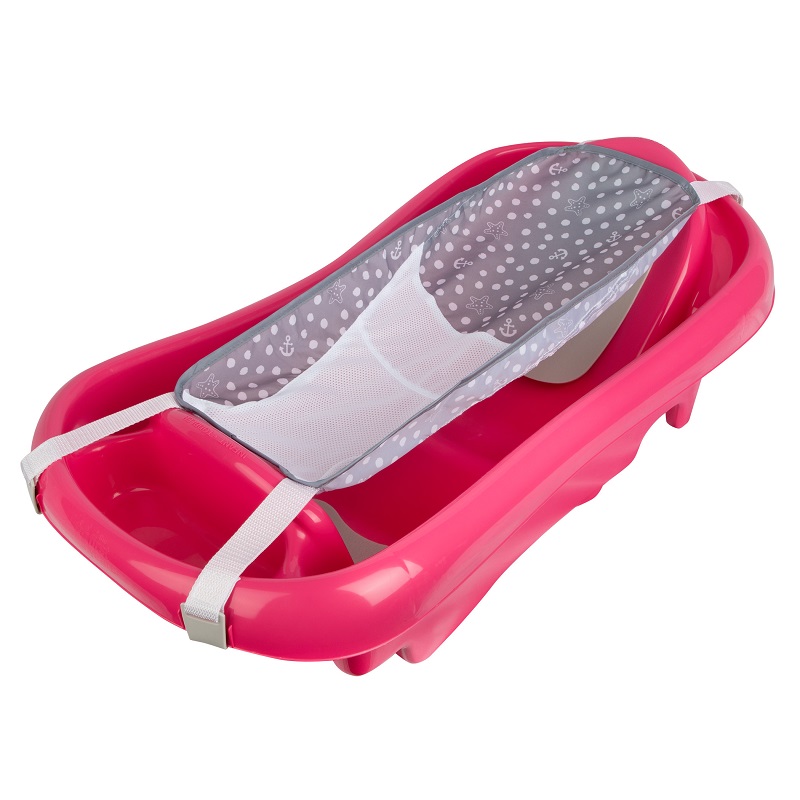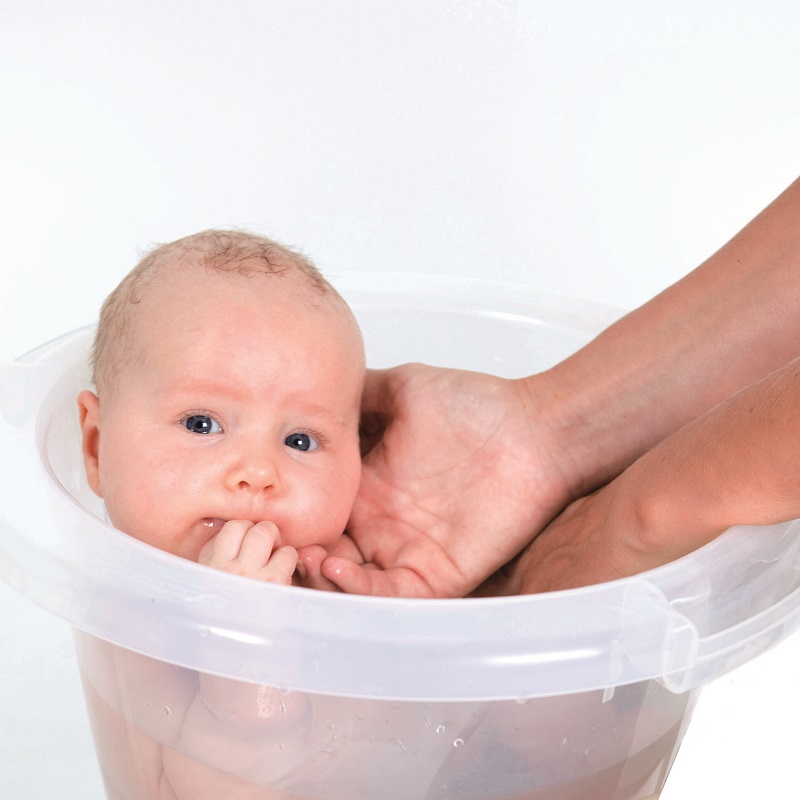Understanding Hot Tub Safety for Babies
The Risks of Hot Tubs for Infants
Hot tubs and spas are popular for their relaxing and therapeutic benefits, but when it comes to babies, there are significant safety concerns. Infants are particularly vulnerable to the risks associated with hot tubs due to their small body size, which makes it challenging for them to regulate body temperature effectively. Hot water can elevate their core temperature quickly, leading to potential overheating, dehydration, or even heatstroke. Additionally, the high temperature of the water can strain an infant’s developing cardiovascular system. Understanding these risks is crucial before considering any exposure for your baby.
Safe Temperature Guidelines
For anyone using a hot tub, including adults, maintaining a safe water temperature is essential. For babies, the recommended water temperature is much lower than that for adults. The American Academy of Pediatrics (AAP) advises that water temperatures should be kept below 100°F (37.8°C) to avoid overheating. Babies have a higher surface area relative to their body volume, which makes them more susceptible to rapid changes in body temperature. It’s crucial to check the water temperature with a reliable thermometer before allowing your baby near the hot tub and to err on the side of caution by keeping the water even cooler if possible.
Alternatives to Hot Tub Use
Baby-Safe Bathing Solutions
Given the risks associated with hot tubs, many parents seek safer alternatives for introducing their babies to water. Traditional baby baths or infant bathtubs provide a controlled environment where you can easily manage water temperature and ensure your baby’s safety. These options are specifically designed to accommodate an infant’s needs and often come with built-in features like temperature indicators or non-slip surfaces to further enhance safety. Bath time in a baby bathtub can also be a more engaging and enjoyable experience for both the baby and the parent, allowing for closer supervision and interaction.
Considerations for Baby Pools
Another alternative is using a baby pool, which is generally considered safer than a hot tub. Baby pools are designed to be filled with water at a temperature that is comfortable and safe for infants. The water should be lukewarm, around 85°F (29.4°C), to ensure that the baby does not become too cold or too hot. Always supervise your baby closely when they are in a pool, and be aware that even shallow water can pose a risk of drowning if the baby is left unattended.
Health Considerations for Babies
Overheating and Dehydration Risks
One of the most significant health concerns for babies using hot tubs is overheating. Infants are less able to regulate their body temperature compared to adults, and prolonged exposure to hot water can quickly raise their core temperature. Symptoms of overheating include flushed skin, rapid breathing, and excessive sweating. In extreme cases, overheating can lead to dehydration and more severe health issues. Parents should be vigilant for signs of overheating and should remove the baby from the hot tub immediately if any symptoms are observed.
Skin Sensitivity and Infection Risks
Babies have delicate skin that is more sensitive than that of older children or adults. Hot tubs often contain chemicals like chlorine and bromine, which are used to keep the water clean but can irritate a baby’s sensitive skin. Prolonged exposure to these chemicals can lead to skin rashes or infections. Additionally, the warm, moist environment of a hot tub can be a breeding ground for bacteria, which increases the risk of infections such as ear infections or skin infections. Ensuring proper sanitation and limiting exposure time are critical in mitigating these risks.

Guidelines for Safe Hot Tub Use
Supervision and Monitoring
If you decide to use a hot tub with your baby, constant supervision is essential. An adult should be within arm’s reach at all times to ensure the baby’s safety. Even with a lower water temperature, accidents can happen quickly, so having a responsible adult present is crucial. Additionally, avoid any distractions, such as phone use or conversation, that might take your attention away from the baby. Regularly monitor the baby’s condition, and prepare to remove them from the hot tub immediately if they show any signs of distress or discomfort.
Limiting Exposure Time
Even if the water temperature adjusts to a safe level, limiting the amount of time your baby spends in the hot tub is important. Short intervals, typically no longer than 10-15 minutes, are advisable to prevent overheating and ensure that the baby remains comfortable. It’s also a good idea to have the baby out of the hot tub for a period of time before re-entering, allowing their body temperature to stabilize. Always observe how the baby reacts to the hot tub experience, and be ready to adjust the time spent accordingly.
When to Avoid Hot Tub Use
Health Conditions and Medical Advice
Certain health conditions may make it unsafe for a baby to use a hot tub. Conditions such as congenital heart defects, respiratory issues, or any other medical concerns should discuss with a pediatrician before considering hot tub use. A healthcare professional can provide personalized advice based on the baby’s health and developmental stage. If there are any doubts or concerns, it is always best to err on the side of caution and avoid hot tub use.
Developmental Considerations
In addition to health conditions, a baby’s developmental stage should consider. Very young infants or those who are not yet able to sit up independently may be more vulnerable to the risks associated with hot tubs. As babies grow and develop more control over their body and movements, they may be better able to handle brief and well-supervised exposure to water. However, always prioritize safety and consult with a pediatrician to determine the most appropriate activities for your baby.

Educating Caregivers and Family Members
Understanding Hot Tub Risks
Educating all caregivers and family members about the risks and guidelines associated with hot tubs is crucial. Ensure that everyone involved in caring for the baby understands the importance of maintaining a safe water temperature, supervising the baby closely, and recognizing signs of overheating or distress. Clear communication and education can help prevent accidents and ensure that everyone is on the same page regarding the baby’s safety.
Safety Training and Precautions
Consider providing safety training or resources to those who will be responsible for the baby’s care. This might include reviewing safety guidelines, practicing emergency procedures, or discussing the specific needs of the baby. Being proactive in educating caregivers can help create a safer environment and minimize risks associated with hot tubs and other potentially hazardous situations.

Conclusion: Making Informed Decisions
Weighing Risks and Benefits
When considering whether to allow your baby to use a hot tub, it is important to weigh the risks against any potential benefits. While hot tubs can provide relaxation and enjoyment for adults, the safety and well-being of your baby should be the top priority. Evaluating the guidelines, health considerations, and alternatives will help you make an informed decision that prioritizes your baby’s health and safety.
Exploring Safe Alternatives
Ultimately, exploring safer alternatives to hot tubs, such as traditional baby baths or baby pools, may be the best choice for introducing your baby to water in a controlled and safe environment. By adhering to safety guidelines and consulting with healthcare professionals, you can ensure that your baby enjoys water activities in a manner that is both enjoyable and secure.
